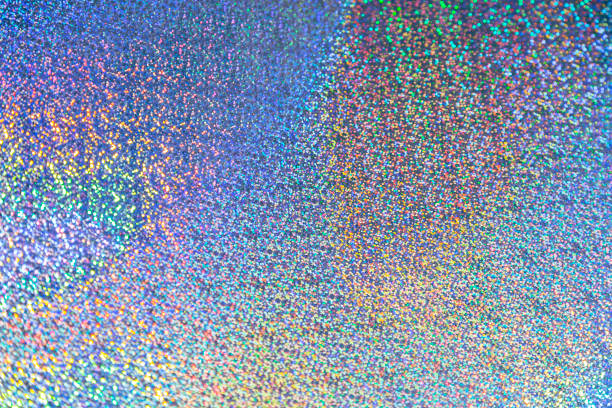Unmasking the Potential of E-ink: The Future of Display Tech
The world of technology is a constant whirlwind of innovation, and one area that's recently been catching the eye of tech enthusiasts is E-ink. This technology, once confined to e-readers, is now being explored for broader applications. Let's delve into the history and current developments of E-ink, and consider its potential impact on the future of displays.

E-ink: A Brief History
Electronic ink, or E-ink, was first brought to life in the 1970s by Nick Sheridon at Xerox’s Palo Alto Research Center (PARC). The aim was to create a display that mimicked the look of paper on a digital screen. However, it wasn’t until 1997 that the technology was commercialized by E Ink Corporation, a startup spun off from the Massachusetts Institute of Technology (MIT).
The technology initially gained traction when Amazon launched its first Kindle e-reader in 2007. The device’s display used E-ink, which provided a paper-like reading experience with less strain on the eyes compared to traditional LCD screens.
The Evolution of E-ink
Over the years, E-ink has evolved to offer more than just black-and-white displays. Companies have managed to introduce color E-ink screens, though these are still in their infancy compared to their monochromatic counterparts.
E-ink technology has also started to find its way into devices beyond e-readers. It’s being used in smartwatches, smartphones, and digital signage. The technology is even showing up in unexpected places, such as electronic shelf labels in supermarkets and even in clothing.
The Current State of E-ink
One of the latest developments in E-ink technology is the introduction of advanced color ePaper (ACeP), which offers a full-color gamut. Unlike previous attempts at color E-ink, ACeP can produce all primary colors in each pixel, resulting in a more vibrant display.
Moreover, E-ink has taken a significant leap with the launch of foldable E-ink screens. Chinese company Hisense unveiled the world’s first foldable E-ink smartphone in 2019, the Hisense A6. While it’s still far from perfect, it’s a promising start for foldable E-ink displays.
The Future of E-ink and Its Market Impact
E-ink’s potential extends far beyond e-readers and smartphones. Its low power consumption and readability in direct sunlight make it an ideal choice for outdoor digital signage. Moreover, its flexible nature opens up possibilities for new form factors, such as foldable displays and wearable tech.
In terms of market impact, the E-ink display market is projected to reach $28.87 billion by 2026, according to a report by MarketsandMarkets. The growth is driven by the increasing adoption of E-ink in various applications, including retail, consumer electronics, and healthcare.
Wrapping Up
E-ink technology, with its unique properties, is poised to leave a significant mark on the display tech landscape. As advancements continue, we may soon see E-ink displays in a myriad of devices and applications, offering a more energy-efficient and user-friendly alternative to traditional screens. The future of E-ink is just starting to unfold, and it’s one worth watching.




